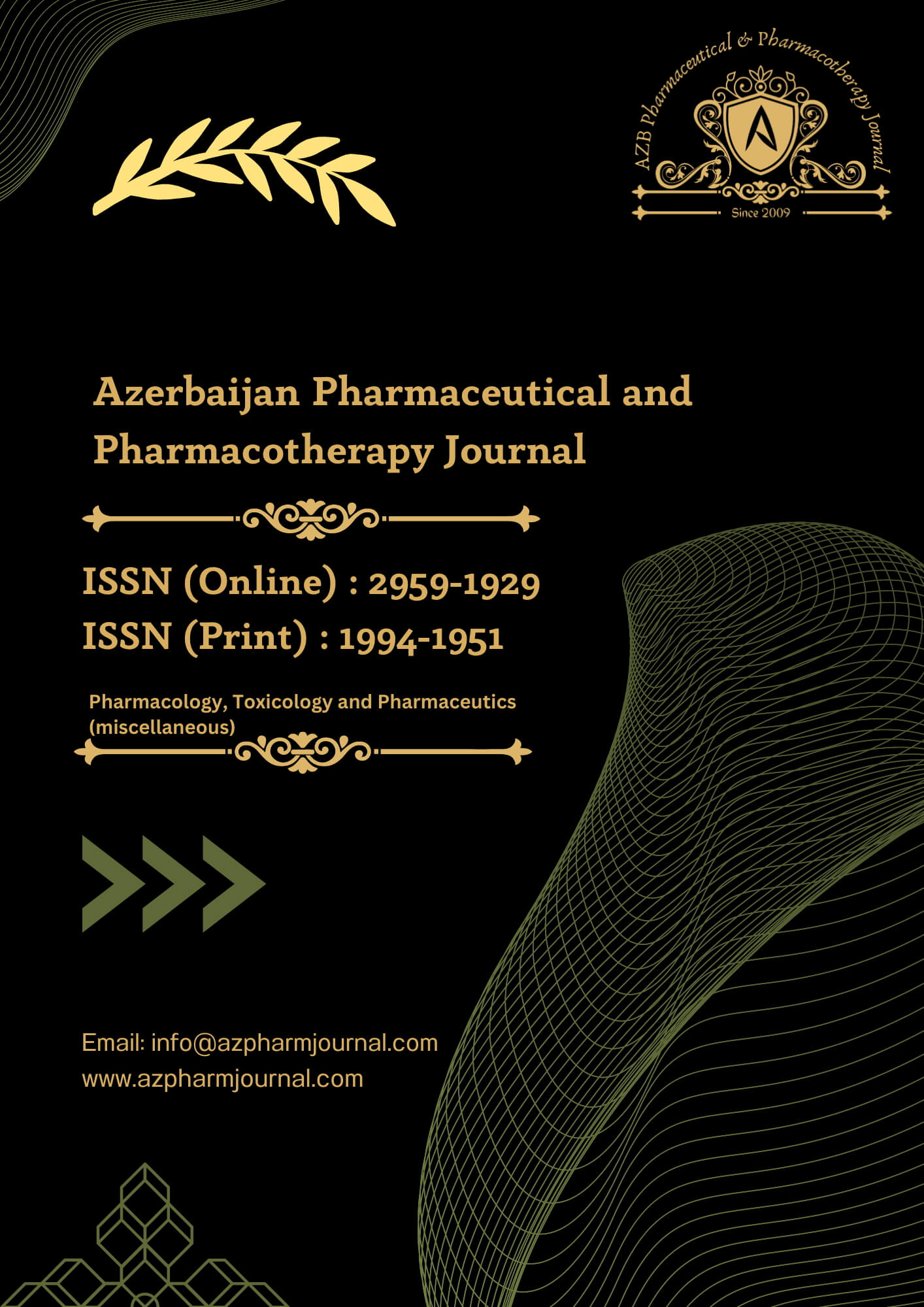2. Materials and Methods
Materials
Dimethyl fumarate (DMF) (Cat No. 242926) was purchased from Sigma Aldrich, Germany. DMF was dissolved in a stock solution (29 mg / 1 ml) of DMSO/water [3,4].
Animals
Sixteen mature Swiss albino male rats weighing 180-200 grams and with an average age of 8-12 weeks were purchased from the Animal Shelter in the Science's College at Kerbala University, Iraq. The rats were maintained in the animal shelter at Al-Zahrawi University College, Iraq, at 25\(^{\circ}\)C with a humidity of 60-65% and a 12-hour light:dark cycle.
Study Design
The study was carried out at the Al-Zahrawi University College Department of Pharmacy, as well as the Middle Euphrates Unit for Cancer Research, Iraq. The rats were divided into four groups (n=6 per group):
- Sham group (Sham): Rats were anesthetized and underwent laparotomy surgery but did not have CLP.
- Sepsis (CLP) group: Rats were operated on with CLP.
- Vehicle group (Vehicle): Rats received dimethyl sulfoxide (DMSO) intraperitoneally (i.p.) half an hour before CLP treatment.
- Dimethyl fumarate group (DMF): Rats received DMF (50 mg/Kg) i.p. half an hour prior to CLP.
Experimental Procedure
In brief, rats have been anesthetized i.p. with 100 mg/kg ketamine and 10 mg xylazine. Incision (~ 1.5 cm) in the midline was used for abdominal laparotomy, and the cecum was exposed. The cecum was ligated right below the ileocecal valve then doubly punctured with a 22-gauge needle. The ligated cecum was gently pushed to expel some of the feces material it was placed back into the abdominal cavity. The abdomen has been then sutured with a 5/0 surgical suture size [1]. Rats were returned to their cages with unlimited access to water and food and they were checked every 4 hours for 24 hours with [2]. After 24 hr, the animals anesthetized, sacrificed, and the samples heart was harvested. The heart was divided into two pieces, rinsed with 0.9% saline, and placed in a 0.9% NaCl or 10% formalin and stored at -20 oC until further analysis.
Tissue Preparation for NF-κB P65 Measurement
The heart tissues were cut into very small pieces under cold conditions, followed by homogenization with a homogenization solution containing PBS, protease inhibitor cocktail, and Triton X-100 for 20 min (5s each time) using a high-intensity ultrasonic liquid processor at 4 \(^\circ\)C. The mixture was then centrifuged at 2,000 - 3,000 r.p.m for 20 min at 4\(^\circ\)C and stored at -80\(^\circ\)C until analysis [5].
Measurement Levels of TLR2 AND TLR4 Through Immunohistochemistry Technique
The heart tissues obtained from the groups were collected to count the cells labeled with TLR2 and TLR4, HO-1 antibodies according to the manufacturer's protocol (see Table 1). The immunohistopathological scoring scale was calculated according to the following equation [6]: \[ QQ = P \times I, \] where \(Q\) is the quick score, \(P\) is the percentage of positive cells, and \(I\) is the intensity.
Table 1. The heart tissues obtained from groups
| Score |
0 |
1+ |
2+ |
3+ |
4+ |
| Positive Cells |
<10% |
10-25% |
25-50% |
50-75% |
>75% |
| Score |
1 |
2 |
3 |
|
|
| Intensity of Staining |
weak staining |
moderate staining |
strong staining |
|
|
TISSUE SAMPLE PREPARATION FOR HISTOPATHOLOGY
To eliminate red blood cells or clots, heart tissues obtained following rat sacrifice were rinsed with cold isotonic sodium chloride solution (0.9%). The tissue was then fixed in a 10% formalin solution and processed into paraffin blocks. Following fixation, the specimens were dehydrated by immersing them in ethanol for two hours each (70%, 80%, 90%, and 100%) to remove any remaining formalin or H2O from the samples. The heart tissues were then cleaned with xylene to remove alcohol before embedding in paraffin wax [7]. Histological sections from all groups were evaluated to semi-quantify the differences in heart damage. The histopathology examination was carried out at magnifications ranging from X100 to X400 (13) and assessed through the following score of tissue damage: (0) normal architecture, (1) mild: 25% damage, (2) moderate: 25-50% damage, (3) severe: 50-75% damage, and (4) highly severe: 75-100% damage.
